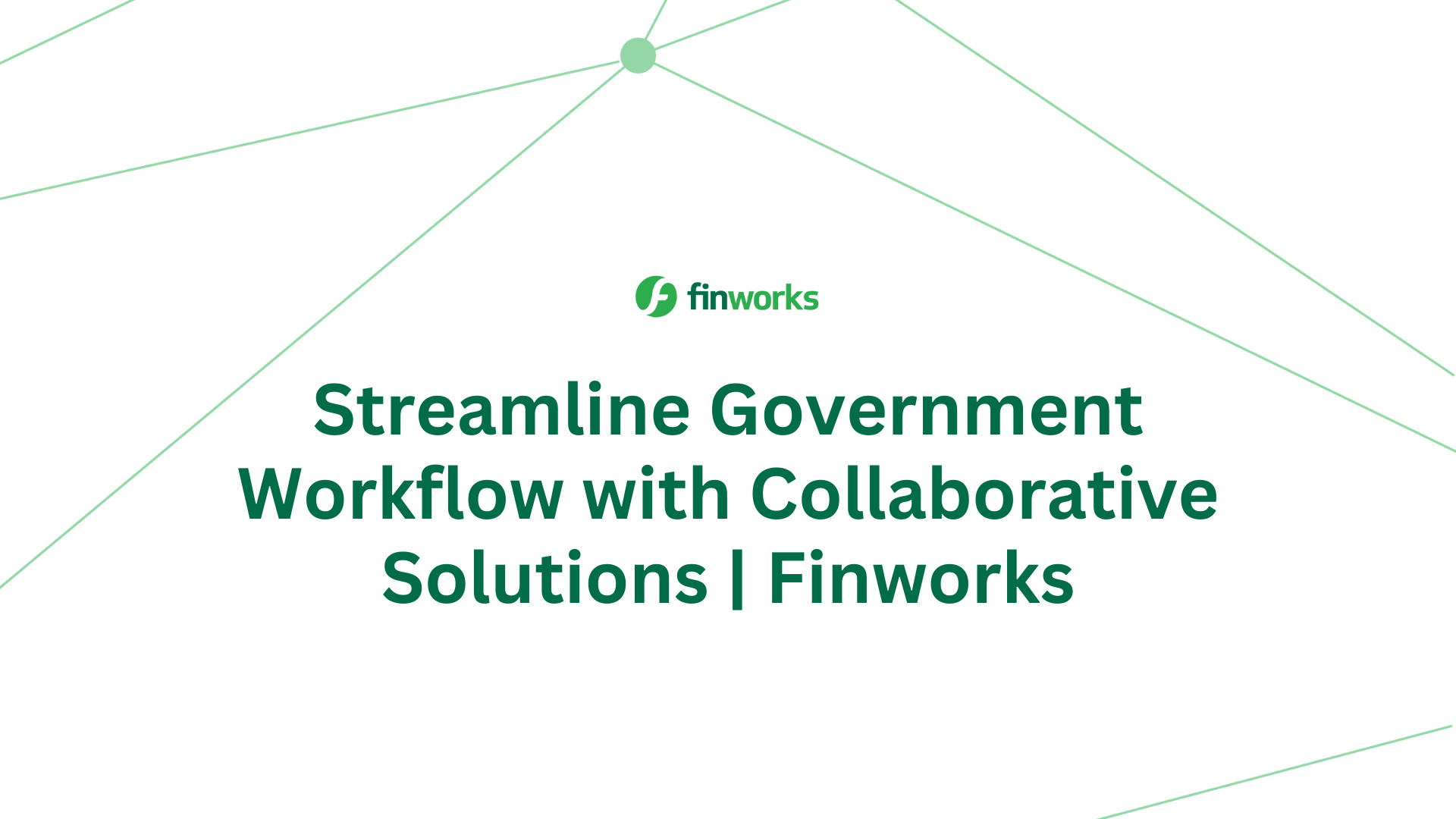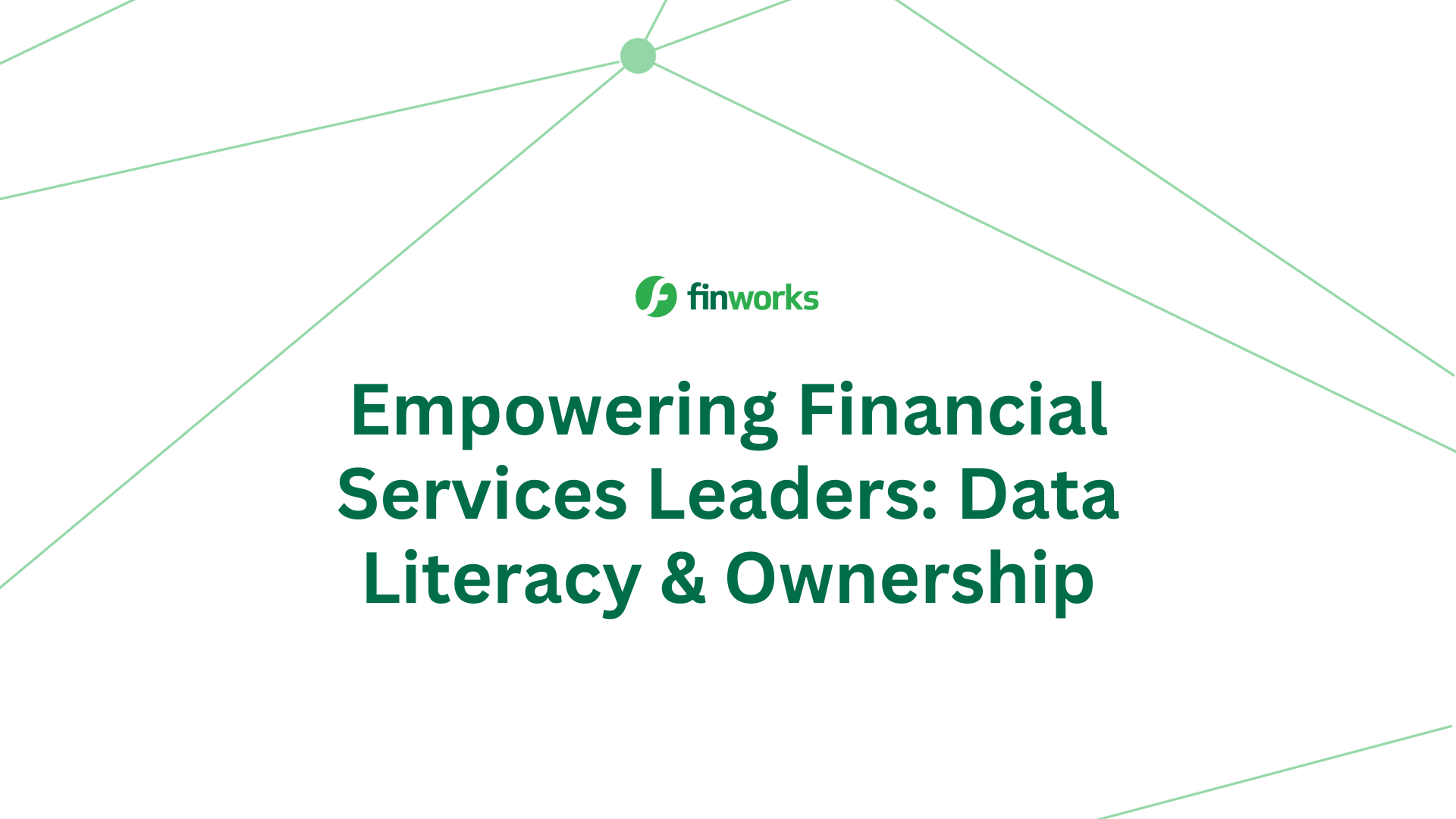Enhancing Public Sector Efficiency: Strategic Workflow Management for Government Collaboration
Governments face numerous challenges in managing their workflows efficiently in a rapidly evolving public sector landscape. From inefficiencies due to outdated systems and processes to overcoming bureaucratic hurdles, the necessity for streamlined operations has never been more pressing. The integration of advanced technology and collaborative solutions plays a pivotal role in enhancing public sector efficiency, ultimately leading to more effective government service delivery.
The Role of Collaboration in Enhancing Workflow Efficiency
Understanding The Importance of Real-time Collaboration
Real-time collaboration features enable team members to work together on tasks and projects in real-time, allowing for immediate feedback and updates. The capabilities for assigning and monitoring tasks simplify the process of tracking SLA compliance and meeting deadlines. This is crucial for effective governance as it enhances communication and cooperation across various departments, teams, and individuals. It empowers government agencies to dismantle barriers to information flow and promotes a culture of openness and responsibility.
By enabling real-time information sharing, version control, and secure access to records, professionals can collaborate seamlessly and make informed decisions.
Key Components of Successful Collaboration
Successful collaboration in the government requires more than just the right tools; it demands a shift in culture and mindset. Key components include:
- Effective Communication Channels: Implementing user-friendly platforms that support various forms of communication such as instant messaging, video conferencing, and real-time document collaboration.
- Shared Goals and Objectives: Aligning the vision and objectives of different departments and teams to foster a sense of unity and purpose.
- Trust and Transparency: Building trust among participants through consistent and open communication, quality data and standardised processes represented by transparent workflows.
Implementing Technology to Streamline Operations
Selecting the Right Tools
Selecting the appropriate technology tools is essential for efficiently streamlining operations. Important considerations include compatibility with existing systems, ease of use, scalability, security features, and the specific needs of the agency. Tools should integrate smoothly with existing infrastructure without causing interruptions.
Cloud-based collaboration platforms have gained significant popularity in recent years. These platforms facilitate secure business processes, allow for real-time sharing, and provide version control, which results in enhanced cooperation across various departments and agencies. The convenience of accessing documents from any location at any time has revolutionised collaborative efforts among government workers.
Case Study: Success Stories from the Government Sector (Home Office)
Discover how Home Office implemented a comprehensive workflow management system to handle its diverse administrative needs. By automating routine tasks and facilitating better data management, the Home Office was able to significantly improve its operational efficiency and reduce processing times for critical tasks.
Overcoming Barriers to Adoption
Addressing Common Challenges
Common challenges in adopting new workflow management systems in the government include:
- Fragmented Tools and Systems: Many government agencies still rely on disparate tools and systems for document collaboration, which often leads to inefficiencies and issues with compatibility. This fragmentation usually causes problems in access and data sharing, along with inconsistencies in record formatting and version control.
- Information Security Concerns: Government documents often contain sensitive or classified information. Ensuring robust security measures to protect sensitive data during collaboration is critical. Government agencies must implement encryption, access controls, and secure communication channels to safeguard confidential information from unauthorised access or data breaches.
- Resistance to Change: Introducing new collaborative technologies and processes often encounters resistance from employees who are comfortable with traditional practices or workarounds. Addressing this reluctance involves robust change management strategies, such as comprehensive training to get buy in, clear communication, and showcasing the advantages of new document collaboration methods.
- Lack of Standardisation: Lack of consistency in data formats, naming conventions, and metadata management can impede effective document collaboration. Government agencies should establish standardised guidelines and protocols to promote uniformity and ease of collaboration across various departments and teams.
- Accessibility and Inclusivity: Collaboration technology should be accessible to all stakeholders. Government agencies and software vendors must ensure that collaboration tools and platforms comply with accessibility standards, enabling everyone to participate and contribute effectively.
Streamlining Processes for Better Collaboration
Streamlining processes and workflows is crucial for enhancing collaboration in government agencies. Establishing clear guidelines, standardised templates, and defined roles helps ensure consistency and efficiency in collaborative efforts. By clarifying responsibilities, agencies can eliminate confusion and redundant work, facilitating smoother collaboration.
Moreover, training programs and change management strategies are vital for transitioning smoothly to new collaborative practices. Training helps employees master the use of collaboration tools, while change management addresses resistance and underscores the benefits of these enhancements.
Additionally, automating certain aspects of document collaboration can significantly boost efficiency. Automated workflows, for example, can direct documents to relevant parties for review and approval, minimising manual tasks and speeding up processes. This allows staff to concentrate on higher-value tasks.
Future Trends in Workflow Management
- Artificial Intelligence (AI) Integration: AI-powered tools can streamline routine tasks, analyse data for deeper insights, and improve decision-making in collaborative settings.
- Blockchain for Security and Trust: Blockchain technology can enhance document security, data integrity, and transparency within government collaboration.
- Enhanced Data Analytics: With advanced data analytics, government agencies can extract valuable insights from collaborative efforts and optimise decision-making processes.
How Finworks Can Help
Finworks is at the forefront of providing cutting-edge collaboration solutions tailored for the government sector. With Finworks workflow management, you can create projects within teams, assign tasks to different team members, automate processes, streamline workflows, and create custom communication channels. By using a solution that is attuned to specific business processes or department goals, workflow management also allows government to adapt to the ever-evolving demands of public administration.
Contact one of our experts today and explore our solutions prepare you for the future while solving the challenges of today.




